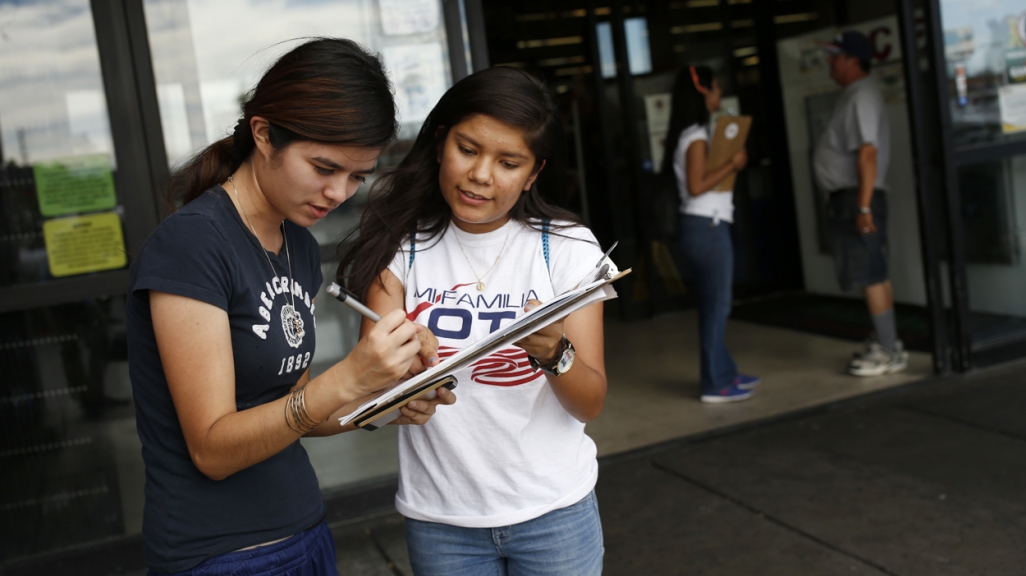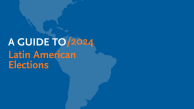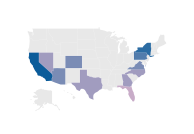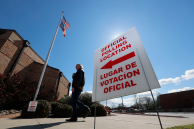Five Things to Know about the Latino Vote in 2024
Five Things to Know about the Latino Vote in 2024
Latinos make up 15 percent of the U.S. electorate and can play a key role in swing states. Learn more about this key demographic.
March 5 marks Super Tuesday in the United States, when 15 states hold their presidential primaries and caucuses. That includes the two states with the largest number of Latinos in the country: California and Texas. By the end of the night, not only could the presidential nominees likely be solidified as President Joe Biden and former President Donald Trump, but preferences of this important and diverse bloc may be clearer.
Latinos are primed to play a pivotal role in United States’ November 5 presidential and legislative elections, with 36 million voters—or 15 percent of the electorate—identifying with this group. The power of this demographic has grown each election; its share of the electorate has doubled since 2000, making Latinos the second-fastest growing voter bloc in the country.
What do we know about the Latino vote? How have their preferences changed since the last presidential race? AS/COA Online looks at key details.
AS/COA covers 2024's elections in the Americas, from presidential to municipal votes.
There’s a lot more to see when you look beyond Florida.
UnidosUS' Clarissa Martínez De Castro and The Washington Post's Sabrina Rodríguez cover issues motivating the voting bloc heading into the U.S. midterms.










